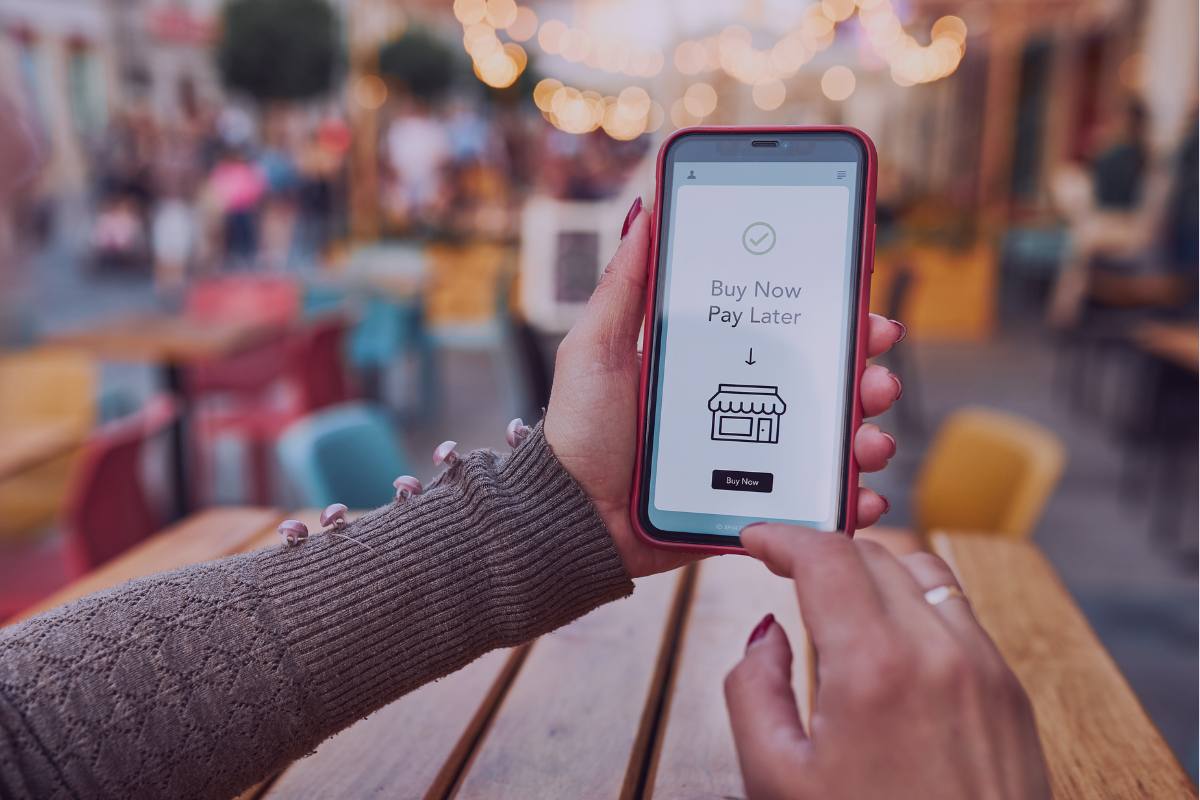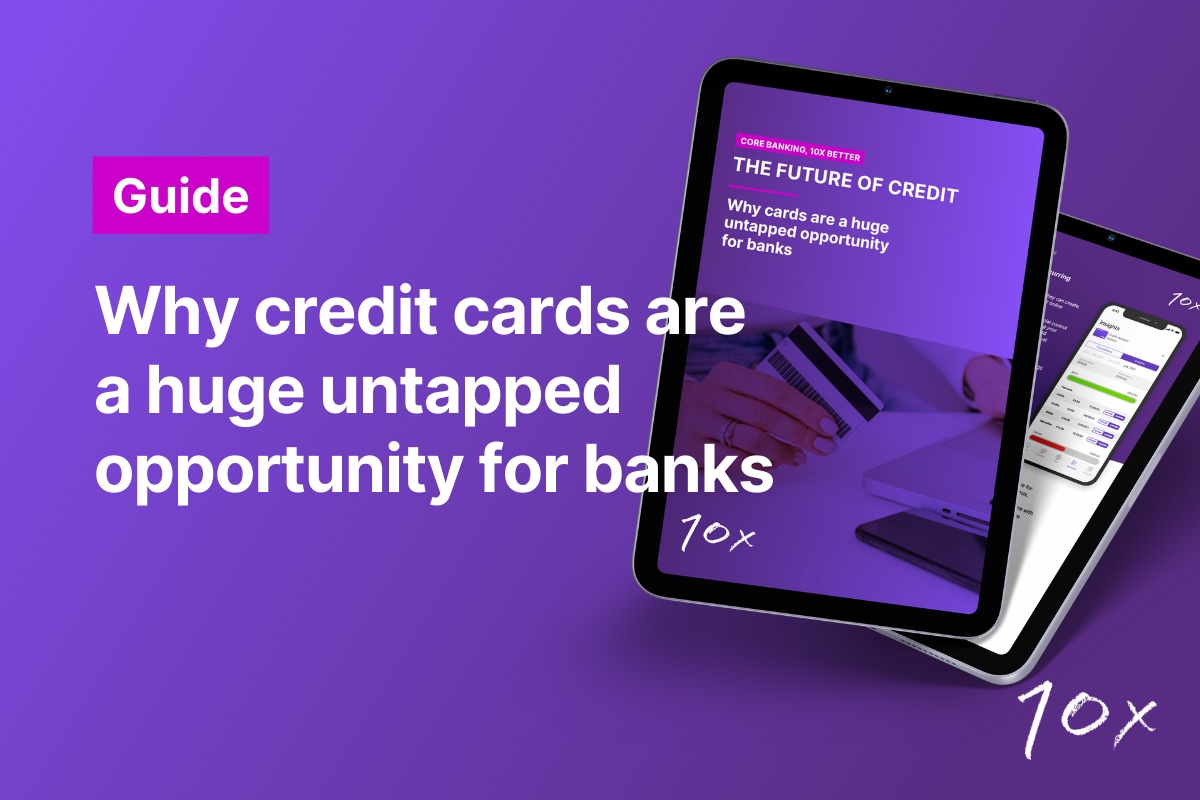The credit card market has been a relatively stable corner of the banking industry. But as flexible, buy now pay later (BNPL) products emerge, and consumer perceptions of credit change, the traditional credit card market is ripe for innovation.
In a recent webinar featuring 10x, Mastercard, and Paymentology, the panel discussed the untapped potential for credit card brands and what can be done to bring cards into the 21st century. Here are the key takeaways from the webinar.
Webinar speakers:
- Presented by Graham Robinson, Director of Client and Customer Channels at 10x
- Matouš Michněvič, VP Product and Innovation Europe at Mastercard
- David Oppenheim, Global Head of Ecosystems Partnerships at Paymentology
- Simona Das, Senior Product Manager at 10x.
If it ain't broke, don't fix it
There's a fundamental reason why credit cards haven't evolved much over the past few decades, says Matouš: "Don't change what works."
Until recently, the essence of a credit card hasn't needed to change. However, the shift to virtual cards and digital wallets has quietly changed the delivery mechanism; Simona says the pandemic sped up the move away from physical, as customers needed safer ways to pay.
"People realized that contactless e-payments are better, both from a health and safety perspective and a fraud prevention perspective," Simona adds, thanks to security features like biometrics on our phones. "We're entering a device-agnostic world where it's common to use your phone to pay, but also things like smartwatches as well as other wearables."
But don't write off plastic just yet—only 15% of digital wallet users leave home without a physical card, says Simona.
Buy now pay later is a threat
The need for credit card issuers to innovate is mainly driven by the rise in BNPL, says David. "We're getting a ton of inbound demand because issuers are facing strategic threats to their business," he adds.
BNPL has succeeded (aside from a lack of regulation and the low-interest rate environment) because the payment terms are much easier to understand than with traditional credit cards. Younger consumers are also much more financially savvy. "They understand that the fees and interest they pay on that product is much less than the APR on their credit card," says Simona.
Some card providers are starting to be more transparent. Apple Card, for example, makes it clear what you will pay in dollars, says Matouš. Traditional credit card issuers "may need to be a bit more transparent and potentially reduce some of the profitability of revolving clients to attract the transactors," Matouš says. He believes this will bring a bigger pool of money into the bank.
Legacy tech is a blocker
Old technology is a crucial challenge holding traditional banks back from innovating faster. "Tech is the root of all organizational issues," says David. "If data is in silos, often underneath that is the fact that it's very hard to extract and clean."
Banks spend vast amounts of money on data projects to get data into one place and make it useable for regulatory and customer service purposes, says Simona.
"If you've got a system that does that off the bat, and you're not spending money cleaning up your own data, there's so much you can do with it," she says. This includes enhanced credit decisioning, creating hyper-personalized rewards, and enabling more effective arrears management. "There are endless possibilities if you have the right data," she adds.
Unlocking innovation opportunities
Technology will reshape how credit cards are used in the future. Take banking as a service – it enables entrepreneurs to test niche offerings quickly and cheaply, says David. Virtual cards also make it far cheaper and easier to launch targeted card programs, for instance, cards linked to a specific loyalty offer for people who spend at a particular merchant.
Banks can learn from the BNPL market by offering installment payment options instead of just revolving credit, which could also be extended to standard debit cards, says Matouš.
UK-based Monzo, for example, has a feature called Monzo Flex, which allows users to split transactions flexibly for an interest-free period. Matouš says the bank then makes it clear what needs to be repaid and when.
"Every issuer should be doing something like that. Because, in a way, that's exactly what the buy now pay later players are doing, just with different mechanics," says Matouš. "Over the next five years, it has to become a hygiene factor."
Transforming the card lifecycle
Technology will enable credit card issuers to launch products quickly, acquire customers cheaply, and build healthy long-term relationships with customers by helping them manage their cash flows in an intuitive and fair way, says David.
Issuing virtual cards is much faster and cheaper. As a result, they can be originated for specific short-term purposes–like a last-minute trip or a funeral–which could appeal to customers who don't want to take on credit while also working for the issuer, says David.
Launching products quickly is crucial when competitors are already moving so fast – "that's not always possible if you've got a lot of legacy tech," explains Simona.
With 10x's no-code Bank Manager solution, product managers can pick the features, set the rates themselves, and create products in minutes. "There's no lag between coming up with a campaign or a proposition and getting it to market," she says.
Get in touch today to learn how 10x can help transform your credit card business.



